It’s Fairtrade Fortnight in Australia, so I thought I’d take the opportunity to demystify some of the confusion around product certification.
My awareness of the issue probably dates back to 2006-07, when there was a push to end child slavery in chocolate. Cadbury committed to making its Dairy Milk bars Fairtrade, first in the UK and then also in Australia. Fairtrade coffee started to pop up in Canberra cafes and supermarkets. But since then, the movement seems to have declined. Cadbury no longer has any Fairtrade-certified products, as far as I know.
It’s a shame because I honestly think Fairtrade is a great initiative. Here are some things you should know about Fairtrade and alternative certifications, to help you understand why it matters. I hope it encourages you to look out for, and choose, Fairtrade-certified products.
1. Fairtrade is not the same as fair trade
Fairtrade (one word, upper case F) is specific, as described below. Fair trade (two words, lower case f) is non-specific and its meaning is as broad as the definition of the word fair itself. What a multinational company considers fair might just be a little different from what you and I consider to be fair.
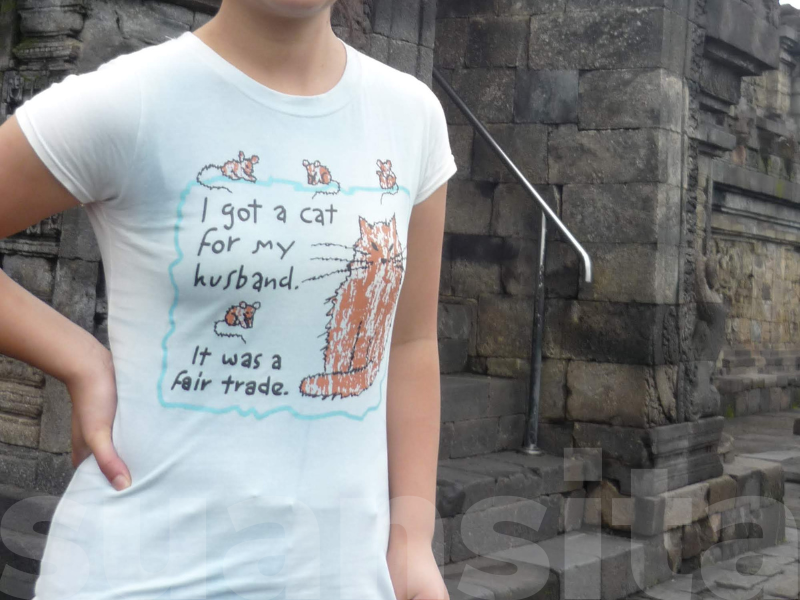
2. Fairtrade is a brand – businesses pay to use the logo on their products
Businesses must meet strict requirements to get the little figure in the blue and green circle on their packaging. Most significantly, and uniquely to Fairtrade, licensees pay a guaranteed minimum price (market or better) to suppliers, such as cocoa, coffee and cotton farmers. On top of that, licensees pay a premium to help growers invest in their business or community.
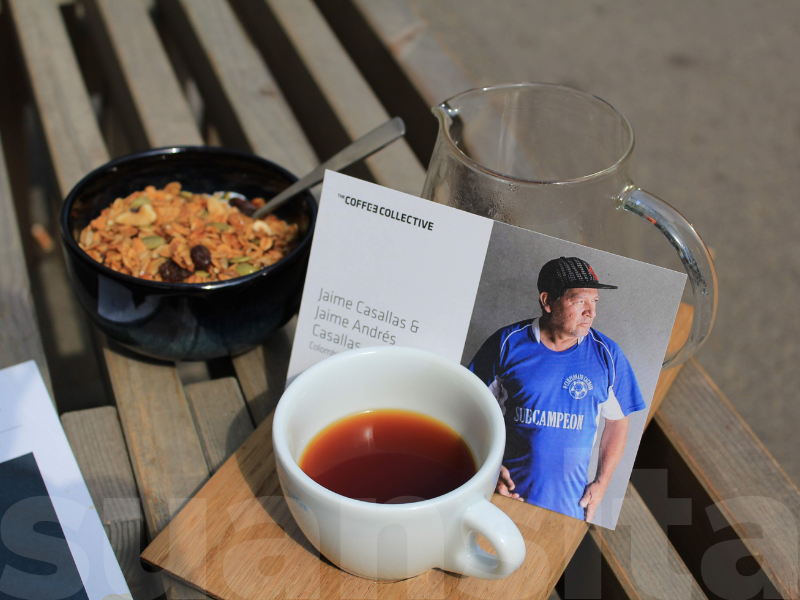
3. Brands create their own certification systems to look ethical
… without actually doing anything meaningful. It’s greenwashing. Things like Cadbury’s “Cocoa Life”, Nestle’s “Cocoa Plan” and Lindt’s “Sustainable Cocoa” badges are invented by the brands themselves and don’t have any accountability built in. Nor do they offer much transparency.
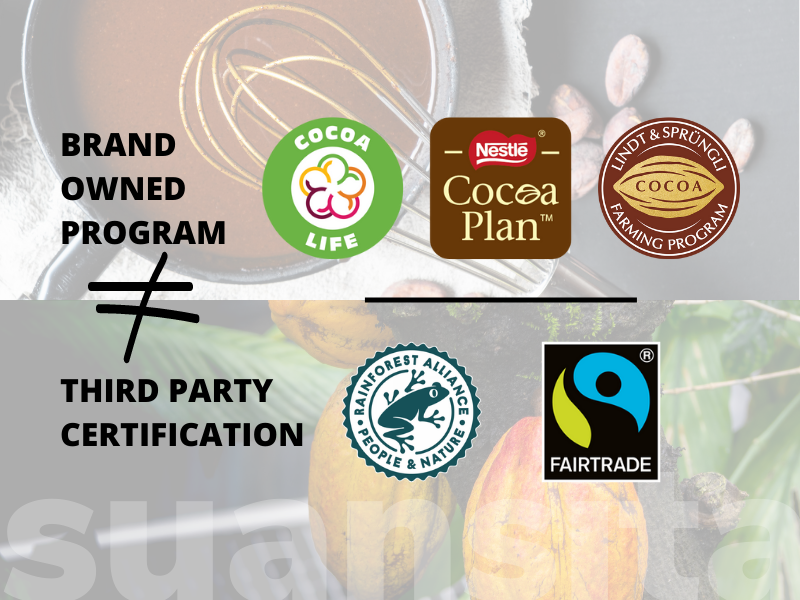
4. Rainforest Alliance is not the same (or as good) as Fairtrade
Although it considers environmental and social factors, including worker conditions, Rainforest Alliance is weaker than Fairtrade certification on a number of key points, particular in relation to paying workers or growers. The table around the middle of this article sets out some of those differences.
It’s a lot cheaper and easier to get Rainforest Alliance certified than to get Fairtrade certified. I suspect a lot of brands downgraded from Fairtrade to Rainforest Alliance because most people don’t know this.
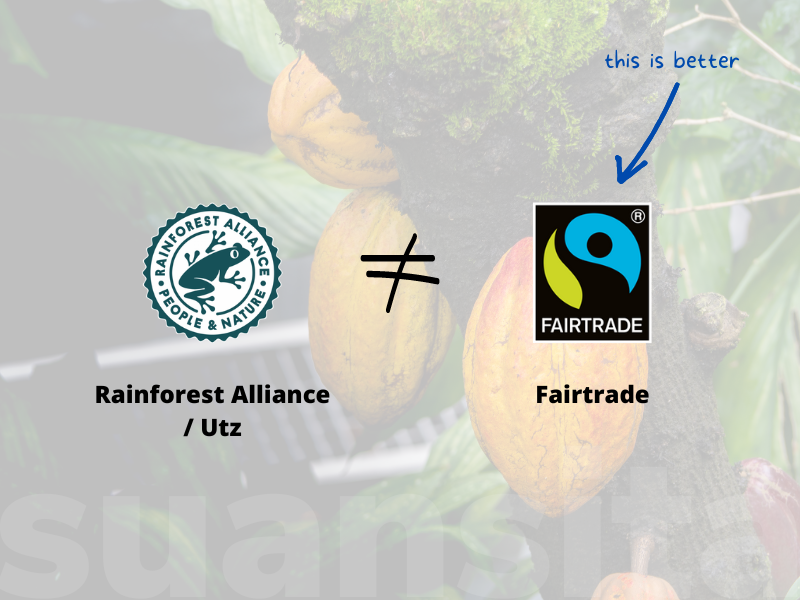
That said, as a third-party certification, this is still better than the brand-developed programs described above. In case you’re wondering, Utz, which you may remember from certain Aldi products, merged with Rainforest Alliance in 2018.
5. Paying workers well is the thing companies are least willing to do
Transparency is one thing. Good policies on the side of the Australian brands is a different thing. Companies want to be seen as ethical but the biggest rub is when it comes to paying a living wage.
When you look at anything around grades and ratings – for example Baptist World Aid’s Ethical Fashion Guide – even the companies that score As and Bs fall short when it comes to wages. A+ and/or Fairtrade companies (often they’re both) are the only ones I’d be confident pay their workers close to enough.
That’s because Fairtrade licensees pay a fixed minimum price which is better than the market rate, or they pay the market rate if that’s higher. This mechanism protects farmers from market fluctuations.

*
There’s a lot more that could be said about Fairtrade, the various certifications out there and the concept of certification itself. I felt the weight of the detail just with the surface research I did to fact-check myself for this article.
While I’m cautious about the extent to which consumer action can clean up supply chains, ethical certification does demonstrate that companies pay attention to what customers and the market think. When I see companies downgrade their sourcing from Fairtrade to Rainforest Alliance because regular people can’t tell the difference, I do feel greater consumer education about those certifications could create positive change.
*
What’s your favourite Fairtrade product? Tell me in the comments!
Learn more about how Fairtrade works here.
Read this article for a more comprehensive picture about why Rainforest Alliance is inferior to Fairtrade, and the shift towards RA certification. And here’s an easy-to-read comparison of a few certifications.
Read my reflections from working on Baptist World Aid’s Ethical Fashion Report.
Please note that these views are my own and not those of my current or previous employers. I’m also in no way a subject matter expert and this post is introductory in nature, not a research piece.



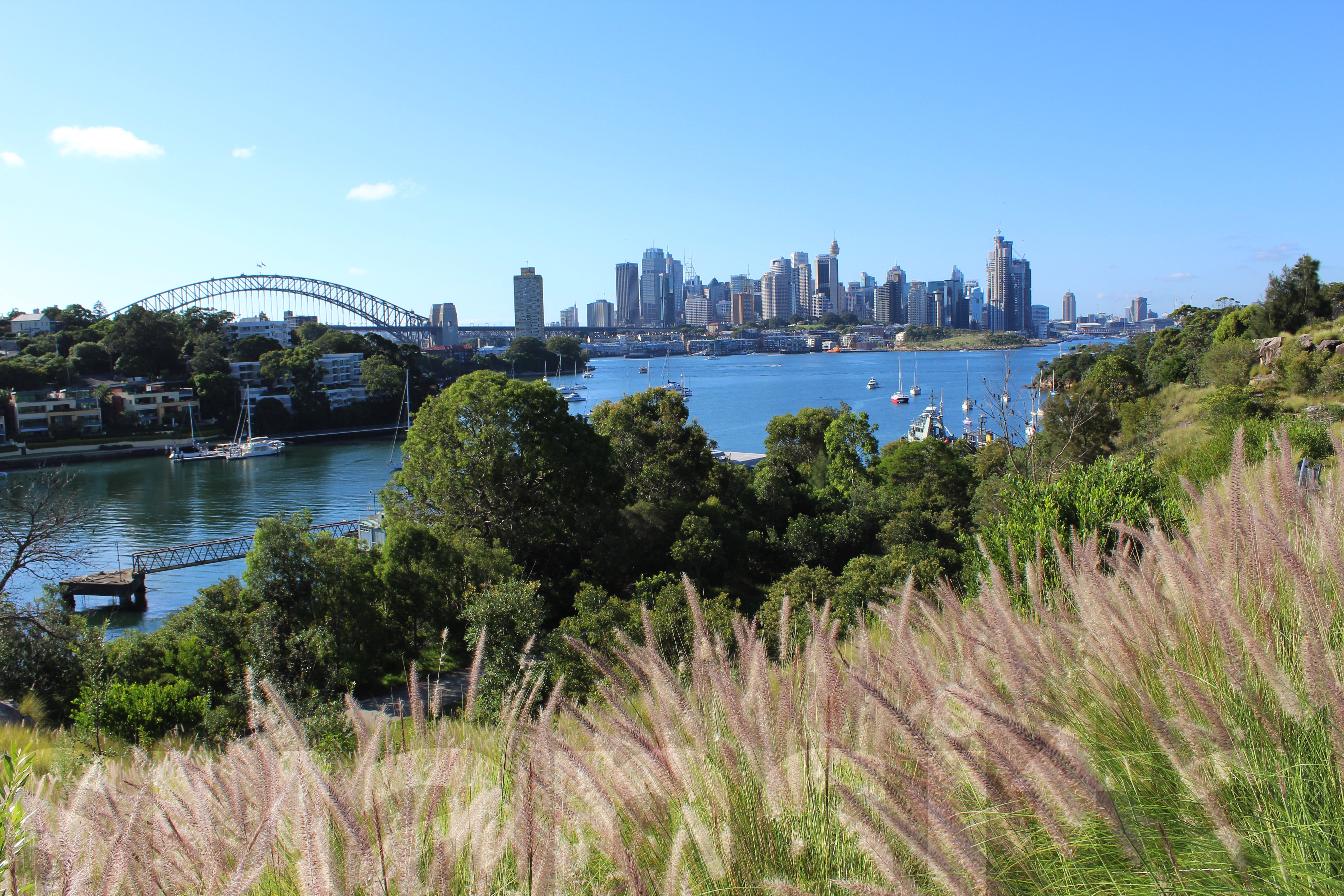

3 comments
I appreciate the education. Thank you.
Glad it was helpful!
Indeed.